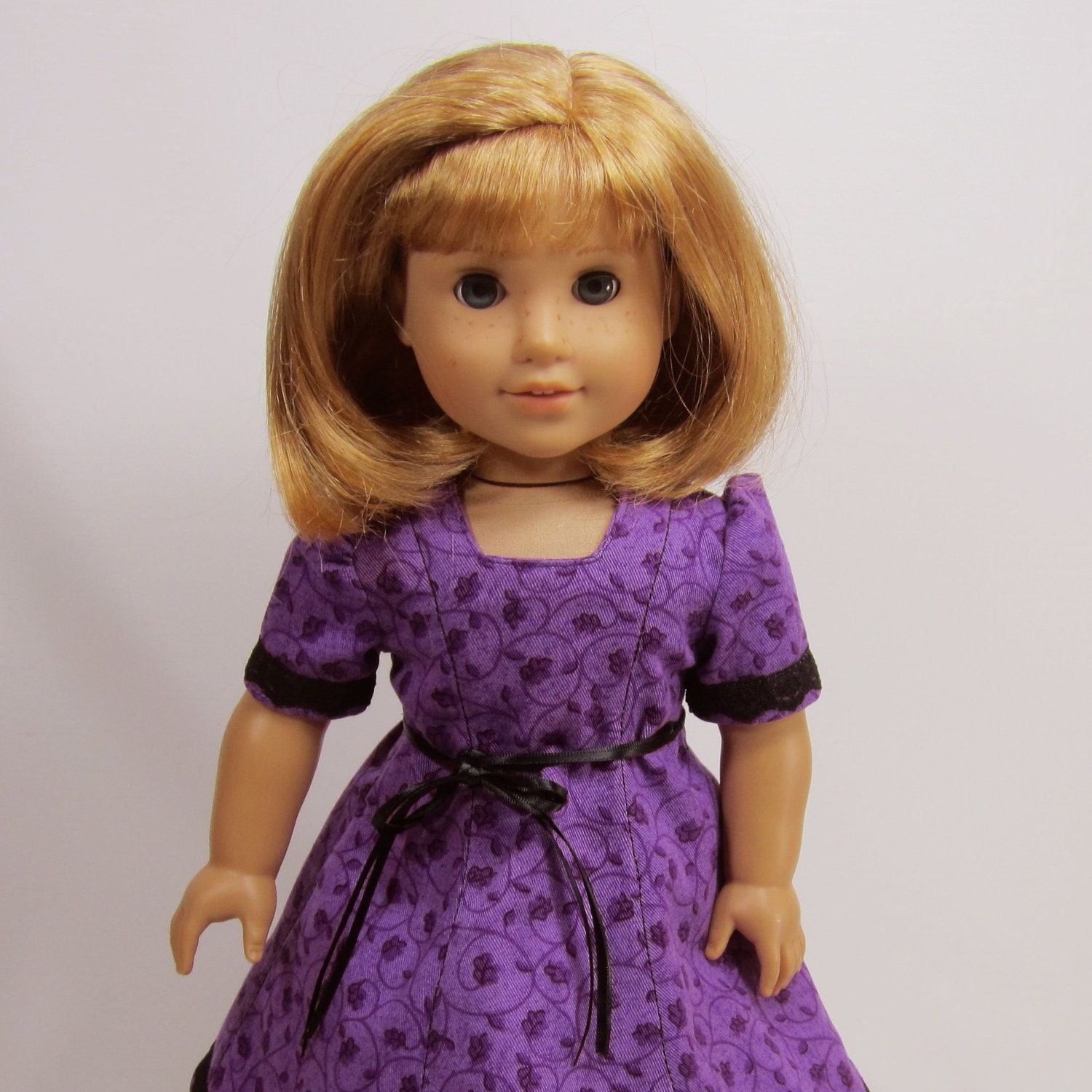There are moments when you just have that perfect song to describe a moment. Or even a song that becomes a trademark. There is a reason that whenever someone says Titanic, another bust out into an accapella version of "My Heart Will Go On". We associate certain songs with certain scenes. I personally remember some of my favorite scenes in movies and T.V shows because of the song that was selected to play during that scene. From Chuck and Blair's limo scene (With Me by Sum 41) to the instrumental music in The Holiday, these are sound trademarks.
If I was directing the on screen adaptation of The Bluest Eye, or at least the music supervisor of the movie, Louis Armstrongs' "(What Did I Do To Be So) Black and Blue, would be Mrs. Breedloves' theme. Her truth has finally been revealed and the words I can use to describe her truth is superficial and raw.
Mrs. Breedlove had a good childhood despite her foot and was big on rearranging things to leave them looking perfectly in order. She enjoyed being alone in the house to clean. She really did love Cholly and he loved her. They loved each other enough to move to Lorain together. Things really started going downhill then since Pauline did not have big spaces to clean and she had trouble socializing with the other women.
Yet, what really marks the downhill pathway for her to become such an angry woman is when she became addicted to movies. That is when her perception on movies was completely altered by what she saw on screen. She desired to become like the white women on screen whose men would come home and be gentle while hers' had turned to drinking. Her main focus became keeping not her own home clean, but that of the white family she served. She would put her family in second place and didn't focus much attention on them.
This song is the perfect description of the transformation. When the singer says "I'm white...inside...but, that don't help my case’cause I...can't hide...what is in my face" it describes Mrs. Breedlove want to be part of the white world which she completly embraces but being shut out because of her skin. The song in itself is dark and gloomy, giving you a sense of the feelings that go through Mrs. Breedloves head. It is a slow tempo song that shows the change of pace in her life from hopeful and happy to, dark and imprisoning. It is the truth. Mrs. Breedlove becomes angry and a prisoner to the ideas of beauty she sees in the movies and in essence becomes the personification of this song.




